Finally, A Shoe That Grows With a Kid
The Idaho-based nonprofit Because International makes shoes that can grow up to five sizes and last at least five years
/https://tf-cmsv2-smithsonianmag-media.s3.amazonaws.com/filer/56/98/5698d66d-a254-411e-a42f-78e8317a213e/shoe-that-grows.jpg)
Kenton Lee looked down and saw the feet of a little girl standing beside him. The front of her shoes had been completely cut open, and her toes curled over the edges. Other children at the orphanage where he was volunteering in Nairobi, Kenya, had also outgrown their shoes and were similarly making do. According to a supervisor, the children had received a shipment of shoe donations awhile back, but hadn’t gotten any others since.
“Wouldn’t it be nice to have a pair of shoes that could adjust and expand?” Lee recalls thinking. “That would make a lot of sense for these kids.”
The recent college graduate returned home to Nampa, Idaho in 2008, and a year later, founded the nonprofit Because International, with the aim of "making things better by making better things." Lee quickly got to work designing a pair of shoes that could grow with a child.
Throughout the process, he kept asking, “How can we create a pair of shoes that can grow as much as possible and last as long as possible, while costing as little as possible?”
In partnership with the Portland, Oregon shoe development company Proof of Concept, Lee and his team launched their first official batch of 3,000 shoes in the fall of 2014, with other versions to follow. Currently, each pair looks like a sturdy sandal and is made of leather straps and compressed rubber soles, a material similar to the kind used in tires. They come in two sizes—small, for kindergarteners to fourth graders, and large, for fifth through ninth graders—adjusting in three places. Straps on the heel and toe control the length of the shoe, while two on either side allow for different widths. The shoes can expand up to five sizes and last for at least five years.
The cost of the shoe, anywhere from $12 to $30, depends on how many pairs an organization or individual purchases at one time. Supporters can buy shoes at $10 a pair that go into a “duffel bag” belonging to different charitable groups that will ship once it contains 50 donated pairs. Because International focuses primarily on producing the shoes and relies on donations and help from nonprofits to distribute the footwear to places in need around the world.
Lee, now a pastor, graduated from Northwest Nazarene University in 2007 with a degree in business administration and religion. “I didn’t know a thing about shoes,” he says. So, he and his board went to the experts. “We started by contacting all the big companies—Nike, Adidas, Crocs, Toms—to see if they’d like to take the idea and make it happen," he says. "Nobody was interested.”
After getting turned down, Lee decided he had to create the shoes himself. “I bought 20 pairs of Crocs and cut them up and was piecing them together to figure out a design that would work,” he says. While experimenting, the Because International team connected with Proof of Concept, run by Gary Pitman, a veteran in footwear design and manufacturing who had worked at Nike and Adidas.
Together, Because International and Proof of Concept whittled down 70 potential ideas to two feasible models. In the summer of 2012, Lee and his wife, Nikki, took 100 prototypes to four different schools in Kenya and had kids wear and test them for about a year. The team took the kids' feedback on fit and comfort into account and produced their 2014 batch, which sold out. Because International is now eagerly awaiting a shipment of 5,000 more pairs.
The rugged sandals are best suited for warm environments since part of the foot is still exposed, and Because International has seen high demand in countries such as Kenya, Uganda, Rwanda and Haiti. The shoes allow kids to experience daily life without worrying about exposing their feet to soil-transmitted diseases and rough terrain.
"My biggest motivation is that I want kids to be in the best possible position to succeed and to keep them a little bit happier and healthier," says Lee, who feels his product could impact kids' walks to school and time spent playing outside. "To see them lose some of these chances because of something as simple as a pair of shoes really breaks my heart."
To scale up, Lee ultimately wants to work with businesses in the regions where the shoes are being used most to develop local bases for manufacturing, distribution and sales. “One day, we could have a factory in Haiti, a factory in Kenya, a factory in Nicaragua,” he says. He also hopes to continue partnering with nonprofits that can get shoes to kids who need them.
Parents of growing kids worldwide can surely relate to the product, and many have expressed an interest in purchasing the shoes for their own children. In the next few months, Lee and his team are working on a commercial version. There may be a means for people to purchase the product and give back, perhaps with a one-for-one, buy-a-pair-give-a-pair model like Toms.
/https://tf-cmsv2-smithsonianmag-media.s3.amazonaws.com/accounts/headshot/profile.jpg)
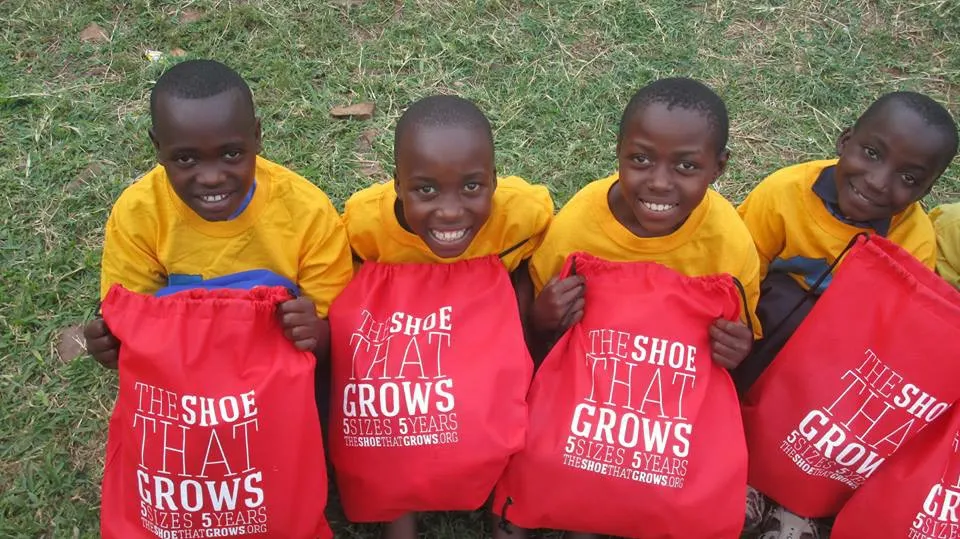
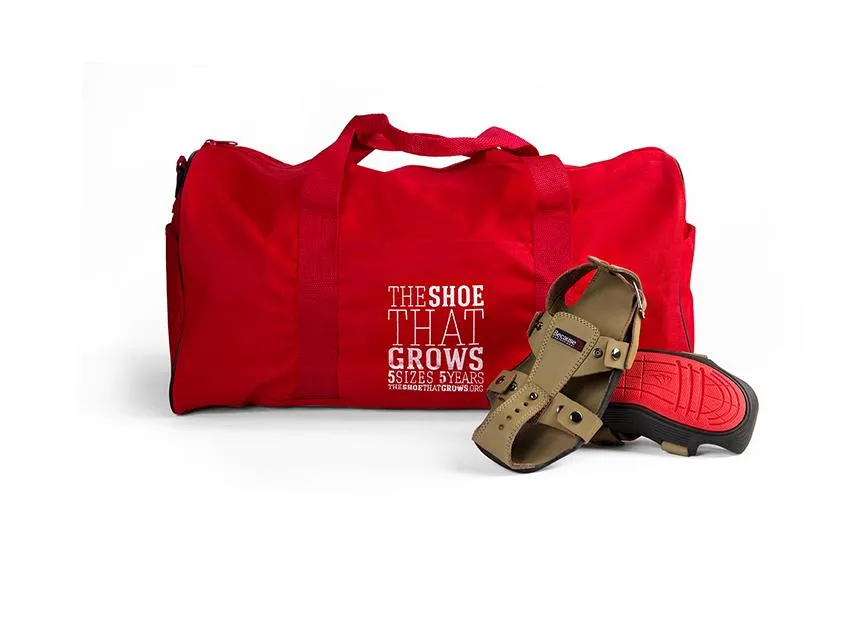
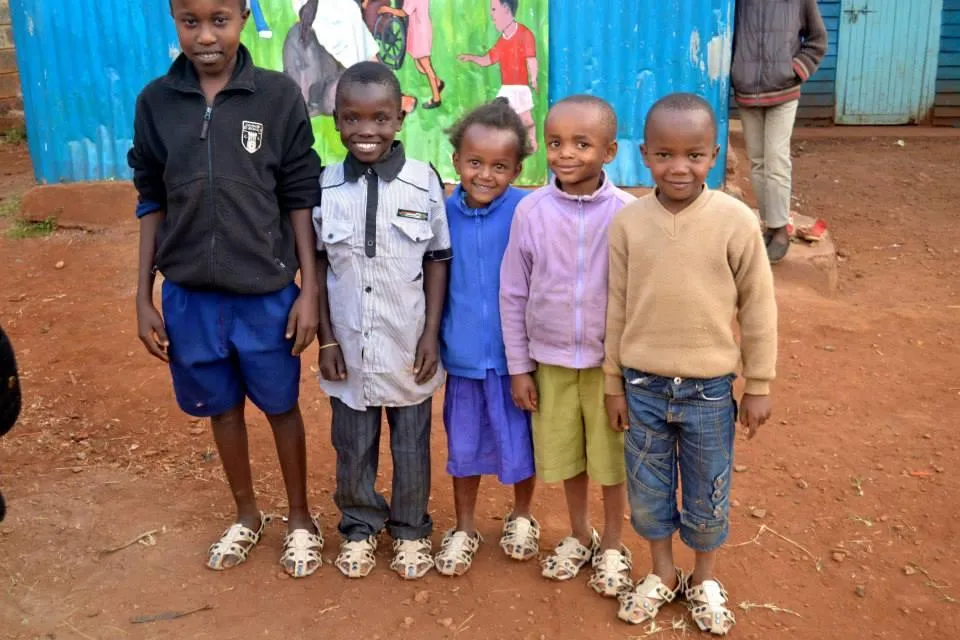
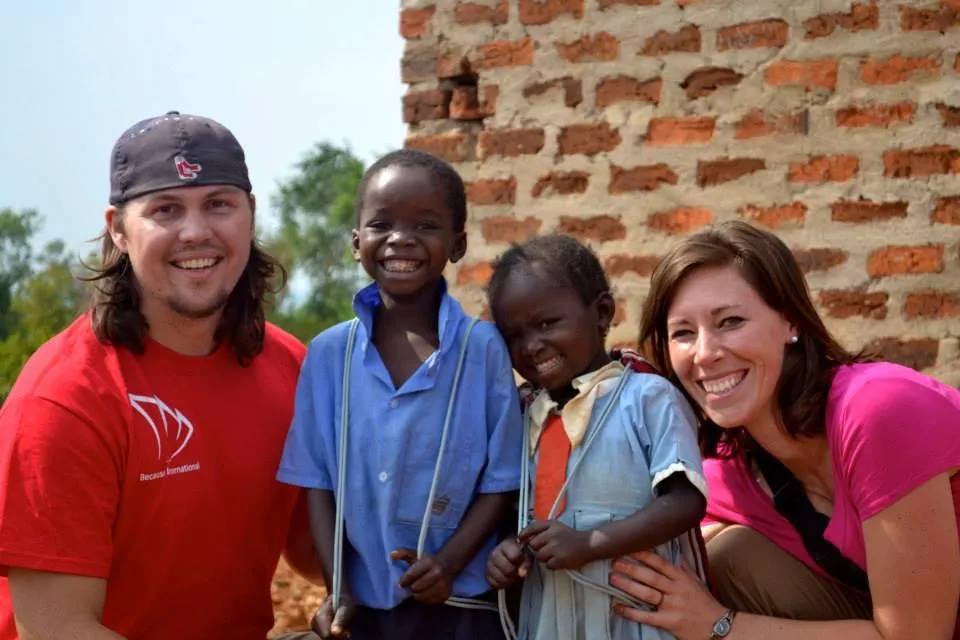
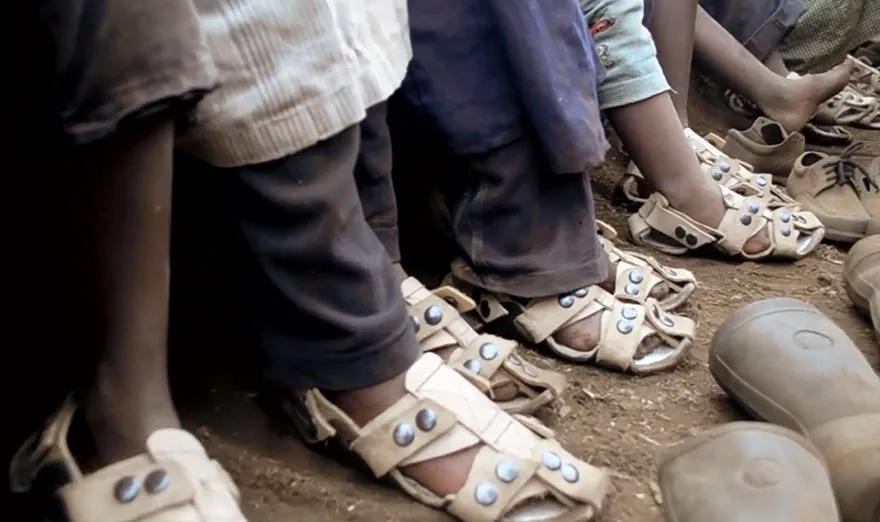
/https://tf-cmsv2-smithsonianmag-media.s3.amazonaws.com/accounts/headshot/profile.jpg)